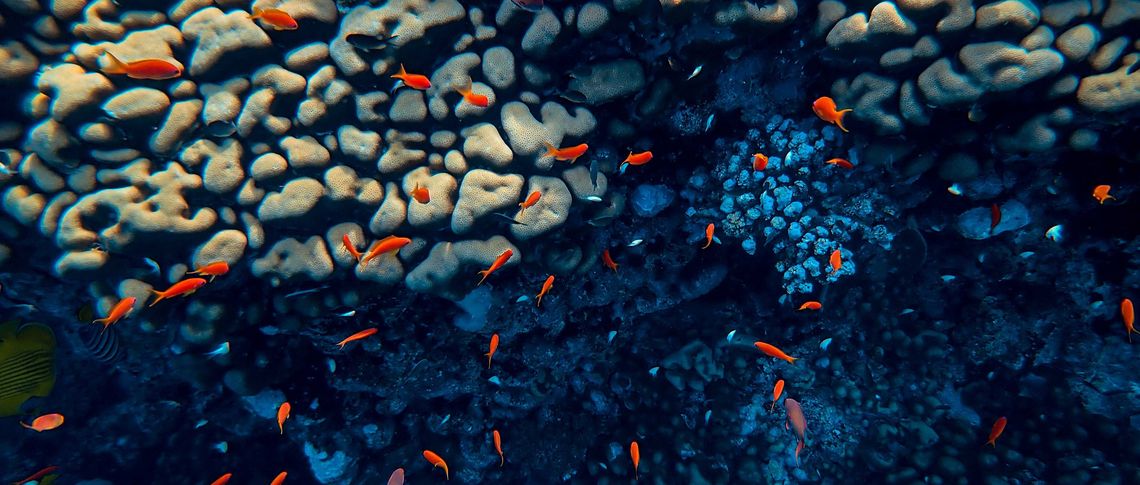Almost 20 years after the UN decided it would be a good idea that someone looks over the portions of the oceans no one state can lay legal claims to, an agreement has finally been reached. This is good news for an important ecosystem of the biosphere that sustains life. Even better, unlike the Paris Agreement and its inconclusive implications in international law, the so-called ‘laws of the high seas’ have uncompromising legal status. Being a treaty as opposed to an agreement, according to international law, it is legally binding on any country that signs it. It was in 2005 that the UN started looking into ‘the conservation and sustainable use of marine biological diversity beyond areas of national jurisdiction.’ This month, after years of debates, culminating in ‘36 hours of non-stop negotiations’, an historic law emerged for biodiversity protection in the high-seas. Undoubtedly, the treaty is progress by any measure, yet it is only a start in what should be a fast-paced race to protect this ecosystem as well as manage its material resources in a way that will equitably benefit all humans.
The absence of a treaty had meant anyone could exploit the high-seas because it belongs to everyone.
The treaty promises economic wealth and the high-seas hosts resources that could improve the health of every person. But doubts arise as no one knows the precise worth of all that lies beneath the seabed with as much certainty as one may know the value of a barrel of oil. And even less is known of the diversity of species in the high-seas. But one thing we actually do know is that from deep-sea mining, for example, ‘plumes will be generated that would smother’ biodiversity. The absence of a treaty had meant anyone could exploit the high-seas because it belongs to everyone. An international law may well help reduce impacts from defiling the high-seas, but how would it actually work? For examples, how could economically poorer countries benefit equally from what the law calls ‘marine genetic resources’? What if Sierra Leone prefers ecosystems preservation over a US preference for deep-sea exploitation? Indeed, how can this treaty, as the UN’s António Guterres hopes, level ‘the playing field so all States can responsibly utilise and benefit from this critical global commons?’ What if a cure for human greed is found in the high-seas, can the country that made the discovery claim patent rights? Thankfully, and quite a relief, the treaty confirms ‘no State shall claim or exercise sovereignty or sovereign rights over marine genetic resources.’ These are ‘any material of marine plant, animal, microbial or other origin containing functional units of heredity of actual or potential value.’ As all of these are, unequivocally, for ‘the benefit of all humanity’.
By signing the treaty, states agree in principle that the high-seas is a ‘common heritage of humankind,’ and should damage be done to it, restoration will be according to the polluter-pays principle. Countries with scientific research capacity can exercise ‘freedom of marine scientific research’, using ‘the best available science’, including ‘relevant traditional knowledge of Indigenous Peoples and local communities’ whose contributions must be respected, promoted and considered on ‘conservation and sustainable use of marine biological diversity’. Since much of the world is inequitably constituted, ‘the special circumstances of small island developing States and of least developed countries’ must be recognised, as should the ‘special interests and needs of landlocked developing countries’. Exploration must be guided by precautionary and ecosystem approaches. Recognition means that states without advanced scientific resources will benefit from the exploits of those who do, through ‘the principle of equity, and the fair and equitable sharing of benefits’. Finally, care for the high-seas to ensure ecosystem resilience, such as for maintaining and restoring ‘ecosystem integrity, including the carbon cycling services that underpin the ocean’s role in climate’ will be done through an ‘integrated approach to ocean management.’
Endless possibilities of wealth
The high-seas is a source of wealth, not only for mining precious metals but also for the burgeoning marine pharmacology industry. Numerous possibilities to treat human diseases are contained in marine life. For examples antibacterial, anti-inflammatory and cancer conditions. Several are in use, including, cytarabine for treating acute lymphocytic leukemia, the antiviral vidarabine for treating herpes viruses and Trabectedin for treating advanced cancer.
The EU recently spent € 9.5 million through PharmaSea, to look for new antibiotics in newly discovered marine bacteria.
There is a continent-wide problem as the EU confirmed that new antibiotics are running dry. Additionally, more than a third of EU countries have experienced a significant increase in drug-resistant E. coli and Klebsiella. Hence, the EU recently spent € 9.5 million through PharmaSea, to look for new antibiotics in newly discovered marine bacteria. For more than 60 years, marine organisms have been a source for human medicines and did not fail to yield some for the recent pandemic either. Yet, though there is much to celebrate in protecting the high-seas as a great resource for human health, the treaty does not go far enough because of its focus on marine genetic resources and digital sequence information which makes it unfortunately quite limited in other areas.
The high-seas hold much more potential economic wealth that can be derived well beyond just marine plants for example. The treaty came at a time when the geopolitical energy landscape is changing, creating a supply crisis, as was the case during the ‘energy crisis’ in the early 70s when western economies hungered for energy just as they now do. And the last time nature was exploited to feed the energy glut without such a law, countries with technologies, money and power affected global climate to the point of changing it so that today, we live in the shadows of an existential threat.
Geopolitics and precious metals
The current flux in geopolitics on energy creates several uncertainties, notably securing energy supplies even as demand continues to increase. The seabed, flushed with treasures - including natural gas - attracts politicians and ardent adventure capitalists alike because aside from gas, minerals, including cobalt-rich ferromanganese crusts containing rare earth metals and some 200 unique species and polymetallic sulphides, containing copper and gold and polymetallic nodules, are present in all oceans and with it also precious metals.
Even as it seeks to conserve and maintain biological diversity subsequently aiming to protect ecosystems in the high-seas, the treaty makes no mention in relation to commercial exploits of such metals. The International Seabed Authority (ISA), with legal powers derived from the United Nations Convention on the Law of the Seas, manages a state’s or individual claim, acquisition or exercise of rights to minerals mined from ‘the Area’ or the high-seas. Beyond that, the ISA, must ensure equitable sharing of financial and other economic benefits derived from activities in ‘the Area’. And biodiversity protection through rules, regulations and procedures such as in its Mining Code. It should be obvious that any attempt at defiling eco-systems in the high-seas for medicine, energy or metals will certainly impact eco-systems. A treaty focused only on marine genetic resources fallsshort of a necessary encompassing scope for eco-systems protection.
Only 30 of the more than 70 per cent of the Earth covered by the sea will be protected by the treaty.
Minimally, the treaty should have instituted a mechanism consistent with its precautionary and ecosystem approaches to further study the impacts to high-seas ecosystems. Only 30 of the more than 70 per cent of the Earth covered by the sea will be protected by the treaty. And further, knowledge of the seabed, including on eco-systems functioning, is still lacking. For example, only 10 per cent of marine species have been described so far. We must know more about the high-seas before we defile as the threat exists of destroying what cannot be replaced. The COP, to be established a year after this treaty comes into force, must prioritise closing knowledge gaps on the high-seas over resource exploitation. Its activities must outpace efforts at mining the high-seas. It must be more responsive and proactive and less reactionary. It must be more practical rather than procedural. Most of all, the principle that the ‘high-seas’ belongs to every human being on Earth must be a reality experienced by every human being on Earth. Hundreds of millions have died, and even more continue to die from malaria across Africa. If the high-seas does provide a solution for malaria, it would have been a great failure if this new COP fails to deliver and on time.





